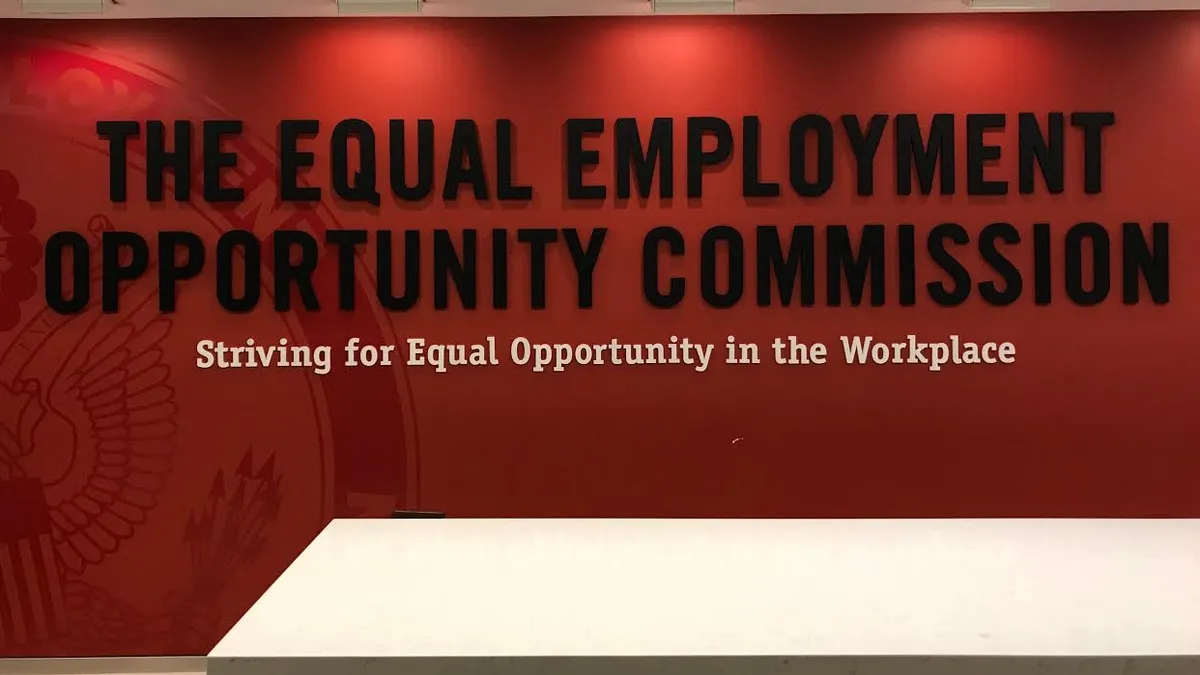Countless U.S. companies are concluding 2024 with a rush to examine their employee I-9 forms, the attestation that someone is eligible to work in the U.S.
While employment experts recommend internal I-9 audits at least every three years, the incoming Trump administration almost certainly will focus federal resources to conduct widespread I-9 examinations, a potential first pass to weed out undocumented workers.
For companies with workers with I-9s, the possibility of these examinations should create a sense of urgency to conduct audits, immigration attorneys say.
“Get your paperwork in order. And it starts with I-9s,” Diane Butler, chair of the immigration group at Davis Wright Tremaine in Seattle, told Bloomberg Law. Penalties range from as high as $2,789 per I-9 violation to more than $27,000 for knowingly employing an unauthorized worker, Bloomberg Law reported Dec. 16.
Conducting these audits with legal counsel “is a helpful tool to protect the audit under attorney/client privilege,” Baker & McKenzie employment lawyers wrote in a November client alert.
As part of his reelection bid, Trump pledged “the largest deportation operation in American history,” with the federal government potentially targeting more than 13 million people for removal. An estimated 13.3 million are in the U.S. without authorization, according to the American Immigration Council.
For employers, deportations could lead to wrenching disruptions across broad swathes of the economy: Agriculture, construction, lodging, landscaping, protein processing and other areas.
The Trump administration is also likely to crack down on employers’ efforts to obtain permanent labor certifications (PERM) for foreign-born employees, the team noted.
“Under the prior Trump administration, the DOJ enforced immigration-based discrimination laws to protect U.S. workers, including a focus on how employers conduct labor market tests when sponsoring foreign workers for permanent residence,” the Baker lawyers wrote.
“We expect an increase in DOJ investigations relating to PERM practices and an increase in DOL audits for PERM applications.”
Baker & McKenzie outlined a few potential changes employers might see with respect to immigration:
- Increased worksite enforcement
- Restrictions for visas and permanent residence for certain countries
- Attempt to eliminate STEM Optional Practical Training program
- Attempt to increase prevailing wage rates for H-1B and permanent residence processes
- Increased denials from the U.S. Citizenship and Immigration Services and the State Department
- Increased investigations related to protection of U.S. workers in PERM, hiring and alleged preferential treatment of foreign workers
Last week, the Biden administration issued a final rule on the STEM-OPT program, tripling the automatic extension of employment authorization for many skilled workers from six months to 18 months, to account for lengthy processing times.
Among the deported could be 1.7 million immigrants entered the U.S. on a program dubbed humanitarian parole during the Biden administration, which included two years access to live in the U.S. and a work permit, The Wall Street Journal reported Dec. 14. Trump has argued that the parole program, and others allowing foreigners to enter the U.S. lawfully, are illegal, the newspaper said.
Another 1.1 million people are in the U.S. through a program offering temporary protected status for those from 17 strife-torn countries, including five Latin American nations and Ukraine.
People from those nations have been safe from deportation and given authorization to work as their home countries are deemed too dangerous. The first test of TPS under Trump will occur in March when the status for about 175,000 Salvadoran immigrants is set to expire, the Journal reported.
Another group that could face deportation is more than 530,000 people under age 36 who came to the U.S. as children. This category, often referred to as “Dreamers” have had protection from deportation under the Deferred Action for Childhood Arrivals program, which began in 2012 under the Obama administration.
Trump sought to end the DACA program during his first term in office. A divided Supreme Court rebuffed that effort in June 2020, leaving the program intact.
Despite the campaign rhetoric, the administration will confront multiple logistical and budgetary challenges if it seeks to deport millions of people.
Financially, expelling 13.3 million people would cost at least $315 billion, Aaron Reichlin-Melnick, a senior fellow at the American Immigration Council, said in testimony last week to the Senate Judiciary Committee. That would include the cost of new detention centers for immigrants awaiting deportation and expanding courts to process their cases.
The difficulties of mass deportations, including numerous cities and states that have vowed not to cooperate with the administration’s effort, appears to have registered with Trump’s team, The Wall Street Journal reported on Dec. 15.
Critics of immigration have noted softer language on the scope of deportations – potentially limited to those with criminal convictions – from the incoming administration since the election, the paper reported.
“There is concern that it’s going to be limited, and that those who otherwise have not committed crimes beyond being in the country illegally may be allowed to stay,” Eric Ruark, director of research at Numbers USA, an organization that advocates for less immigration, told the Journal.



















